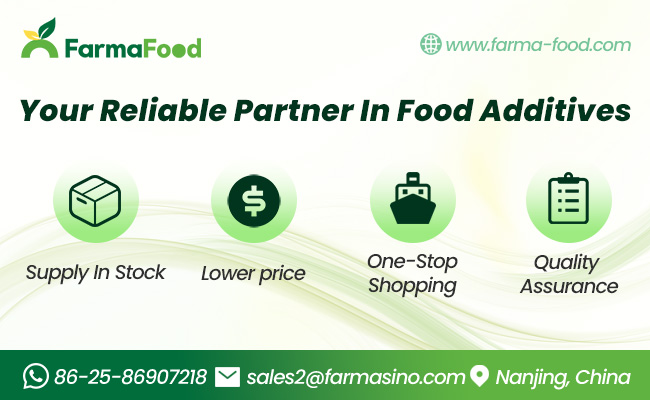
Hyaluronic Acid vs. Sodium Hyaluronate: What’s Better for Your Formulation
In the world of #nutraceuticals, #cosmetics, and #functional foods, hyaluronic acid (HA) and #sodium hyaluronate (SH) are two of the most in-demand ingredients for #skin health and hydration. They offer distinct advantages depending on your formulation goals. For #B2B buyers and product developers, choosing the right option is crucial to delivering superior product performance.
1. Understanding the Difference
Hyaluronic Acid (HA):
A naturally occurring polysaccharide that binds water to maintain skin and joint hydration. It is highly recognized by consumers and widely associated with anti-aging benefits, which makes it a strong marketing advantage.
Sodium Hyaluronate (SH):
The salt form of HA, offering smaller molecular size and greater stability. Because of its enhanced absorption and solubility, SH is favored for high-performance formulations, especially in serums and functional beverages.
2. Performance in Formulations
Bioavailability:
#Sodium hyaluronate penetrates deeper due to its lower molecular weight. This makes it ideal for applications requiring fast, visible results, such as #skincare and oral #supplements.
Stability:
HA can degrade faster under certain pH and temperature conditions, while SH maintains better stability. #B2B partners choosing #sodium hyaluronate can reduce formulation challenges and extend shelf life.
Consumer Perception:
Hyaluronic acid is more widely recognized by end-users. This naming advantage helps in product labeling and marketing strategies, even if SH is used as the active form.
3. Applications Across Industries
Cosmetics & Skincare:
#Sodium hyaluronate is widely used in serums, creams, and masks for deep hydration. Premium brands often highlight molecular weight variations to showcase scientific credibility.
Nutraceuticals & Supplements:
Both HA and SH are used in capsules, powders, and functional drinks. Oral formulations with SH can provide measurable improvements in skin elasticity and joint health.
Food & Beverages:
#Sodium hyaluronate’s solubility makes it suitable for fortified drinks. This opens new opportunities in the fast-growing functional beverage sector.
4. Market Trends and Supply Considerations
Rising Global Demand:
The global hyaluronic acid market is projected to surpass USD 15 billion by 2030. This strong growth underscores the importance of reliable sourcing partnerships.
Bulk Supply Needs:
For manufacturers, choosing a trusted hyaluronic acid supplier or #sodium hyaluronate manufacturer ensures consistent quality. GMP-certified production and traceable raw materials are now non-negotiable for international buyers.
Innovation Opportunities:
Combining HA or SH with #collagen or #vitamins is a growing trend. This allows B2B partners to differentiate their product lines with science-backed multi-ingredient formulations.
5. Conclusion
Both hyaluronic acid and #sodium hyaluronate have clear advantages depending on your target application. For cosmetics and nutraceutical formulations requiring deep absorption and stability, #sodium hyaluronate is often the superior choice. Meanwhile, hyaluronic acid retains strong consumer recognition, making it valuable for marketing-driven formulations.
